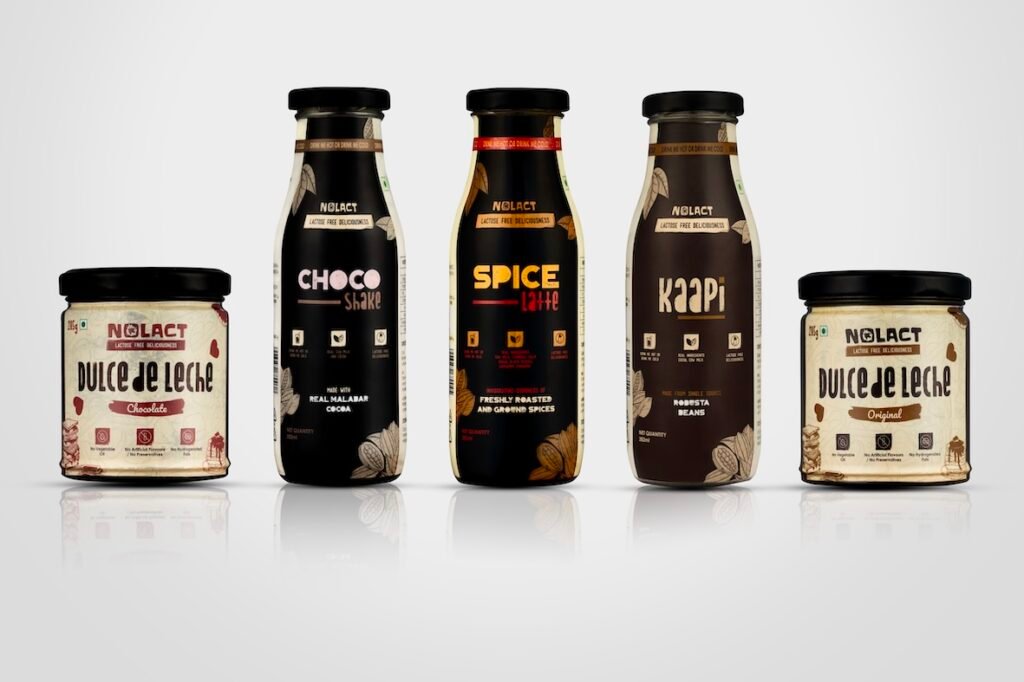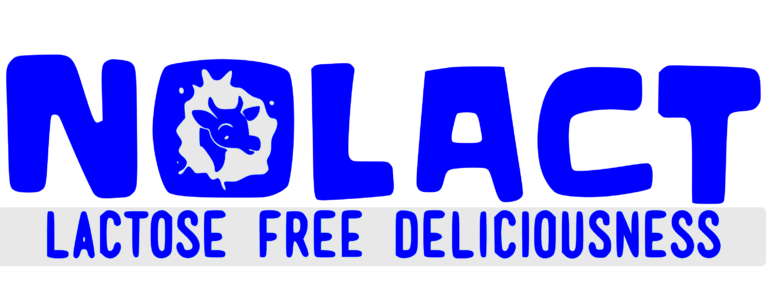What is lactose intolerance?
Dairy products like milk, yogurt, cheesecakes, milk sweets, ice cream etc are popular and are an essential part of our diet. However, many people have difficulty in digesting milk and milk products due to a dietary problem known as adult type hypolactasia or more commonly as lactose intolerance. Lactose intolerance is caused by the lack of an enzyme called lactase that is produced in the cells that line our small intestine. Lactase breaks down lactose into simple sugars; glucose and galactose that can be easily absorbed by our body. In people who do not make sufficient amounts of the lactase enzyme, the undigested lactose will move to the colon where it is acted upon by the bacteria present in the colon. This can sometimes cause symptoms like bloating, flatulence, abdominal pain or diarrhoea.
All infants can digest the lactose present in mother’s milk except in a rare congenital condition called alactasia. However, post weaning, depending on one’s genetic make-up, the ability to digest lactose either persists through adulthood or is substantially decreased, giving rise to lactose intolerance.
Lactose intolerance can also result from certain illnesses like irritable bowel syndrome, celiac disease or inflammatory bowel diseases that damage the intestinal lining, which is referred to as secondary lactose intolerance. Also, as one grows older, the chances of developing lactose intolerance increases.
Per a scientific study from the Sanjay Gandhi Post Graduate Institute of Medical Sciences as well as a few others, most Indians have some form of lactose intolerance of varying degrees of severity. While the symptoms may be mild, just causing bloating, flatulence or mild abdominal pain, it could potentially result in some other problems as the repeated fermentation of undigested lactose within the colon can cause more serious longer term problems.
However, completely avoiding dairy is not an option for many, both from a taste perspective as well as from the perspective of maintaining a balanced diet through the nutritional benefits of milk. Therefore, people have a choice between taking medications that break down the lactose, prior to consumption of any dairy products or switching to lactose free milk and other dairy products.
Lactose free milk allows you to enjoy your cups of coffee, tea, or milkshakes without any difficulty. Lactose free milk can also be used to with breakfast cereal, to make curd or yogurt, in baking and confectionery and just about in any recipe that calls for milk.
Indians are lactose intolerant to varying degrees

Copyright © Madhumita Dairy Products Private Limited, 2024. All rights reserved.

